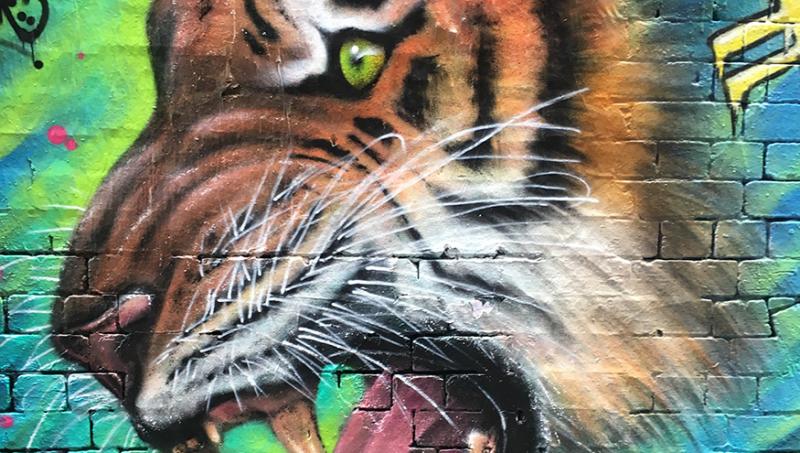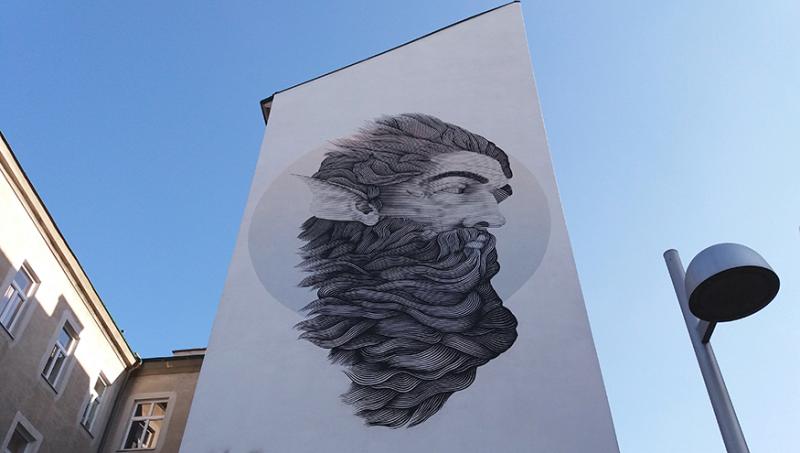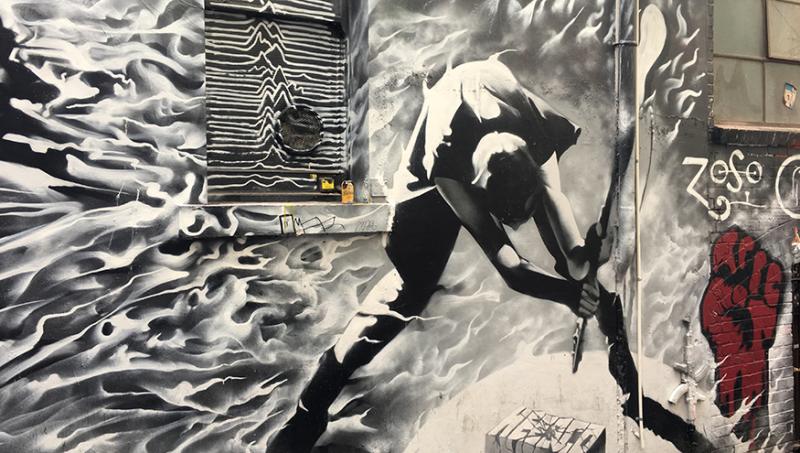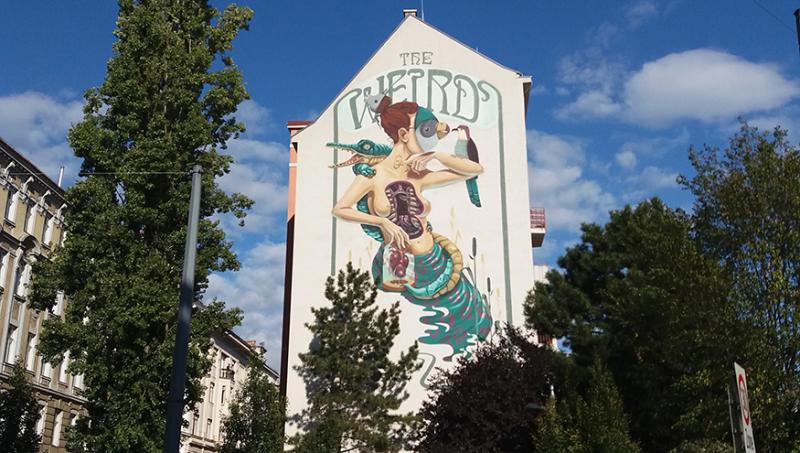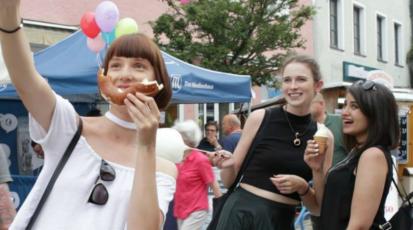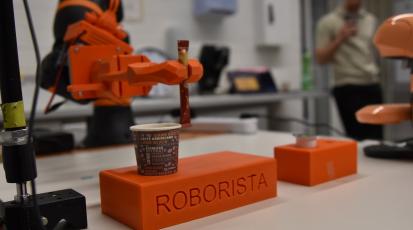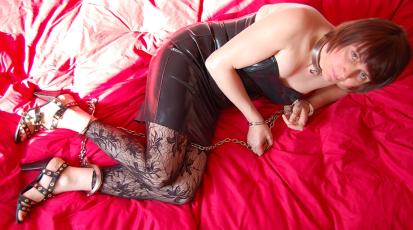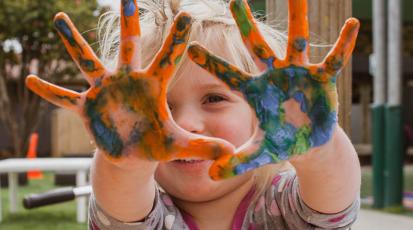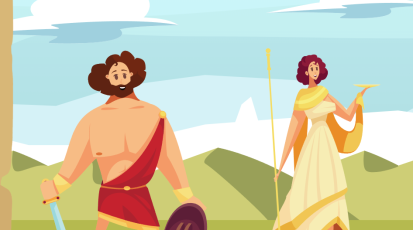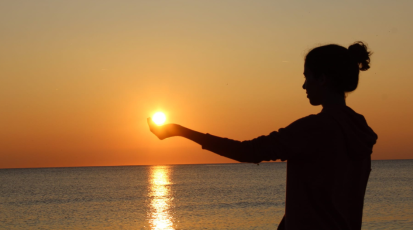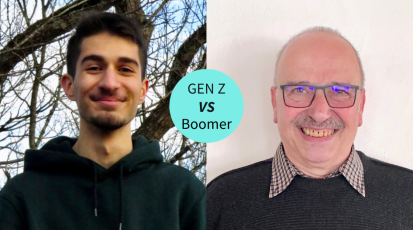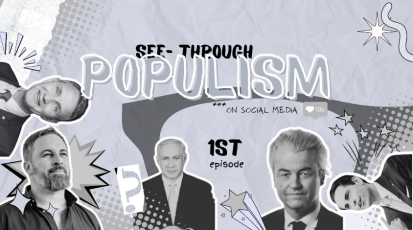A glimpse in the grey
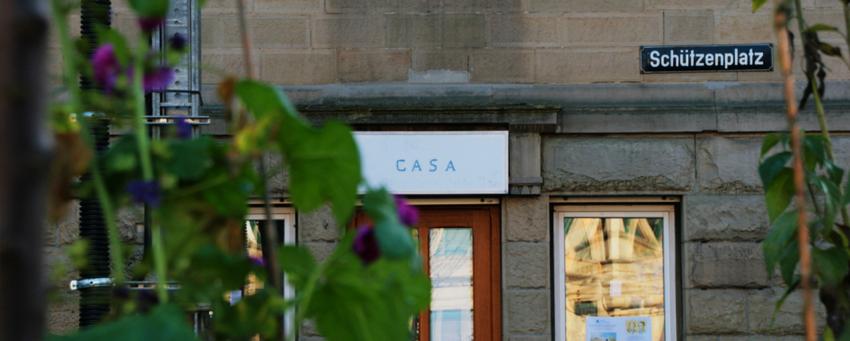
Grey streets, grey buildings, grey reflections on the windowpanes – high-rise blocks side by side interrupted by train stations. Walking through a city can be quite monotonous; one is even reminded of a dystopian movie scene. But then you turn around a corner and suddenly you catch a glimpse of bright colour in the grey. When getting closer you discover a wild and colourful artwork on the grey walls.
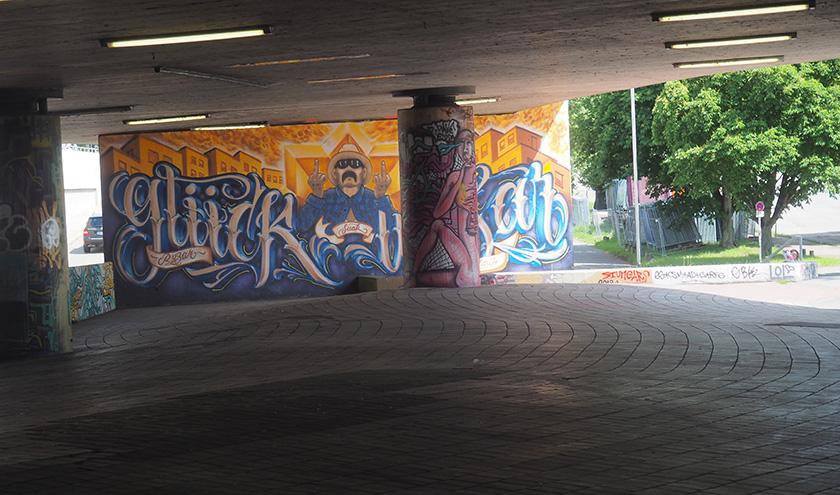
Graffiti – colourful expressions of creativity, yet troublesome to some people, and mostly illegal. These ‘daubs’, as officials often refer to graffiti, are part of the art movement of urban art, which describes street art in urban regions. Since street artists all over the world would not let laws stop their creative flow, there has been a trend in cities towards embracing urban art as city art in recent years.
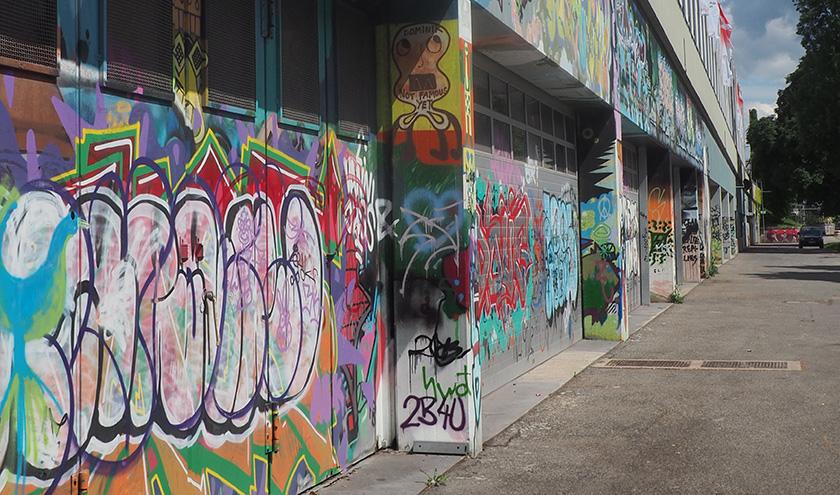
The artists can now spray their ideas on one of the 1884 legal graffiti walls around the world. Europe has become a pioneer when it comes to offering spaces to live out freedom of art, with 458 of these walls in Germany alone.
The Hall of Fame in Stuttgart – Bad Cannstatt, for example, is a spot of ever-changing artistic graffiti, a place to meet, talk and make art, no matter who you are.
One of the artists building this creative place is gekoone. He’s been in the scene for nearly ten years now and absolutely supports the development towards more and more legal places to spray and let out one’s creativity.
Not only the artists themselves enjoy their time at the Wall of Fame, but also the visitors. The Wall of Fame offers something to see for every taste and every liking, and nearly every week, regular visitors can spot new things.
Nevertheless street artists like gekoone claim that there is still a long way to go. These ‘Walls of Fame’ are mainly spread over North-Rhine Westphalia, Hessen and Baden-Wuerttemberg, when they should be found in every city all over the world.
Not only graffiti, however, but also street music, theatre, dance performances or installations bring life, light and creativity into cities’ hearts. Accompanying the trend towards embracing urban art, artists can now apply for implementing their projects right in the city centres. One example for such an installation, which went viral and is now implemented again and again all over the world, is Candy Chang’s Before I die. Following the death of a loved one, Candy Chang created it on the walls of an abandoned house in New Orleans, offering everyone the opportunity to stop and consider the things, which connect us. This project is one of Jenny Hefczyc’s favourite urban art installations. The artist, known as Jenny Jinya to her fans, has a passion for urban art, even though she’s not active in the scene yet.
Urban artists clearly claim that their work brings life into grey cities and that it brings people together while giving them a moment to stop and breathe within the city’s hustle. For them, the answer on how to create liveable cities is easy – it’s art!
Austria’s capital Vienna is the best example for such a liveable city, it was even named most liveable city in 2019 in Mercer’s widely known “Quality of Living Report”. This means it’s the tenth year running for the Austrian capital to top this ranking. Whilst providing a high level of security to its habitants and visitors, Vienna offers a huge variety of cultural and artsy experiences, too.
To experience art in Vienna, however, it is not always necessary to visit one of the city’s many art galleries – the streets of Vienna are filled with artists and their creations on walls, bridges, trams and trains.
This spreading evolution is seen a huge contribution to cities liveability not only by artists, but also by young city planners like Philipp Nagel from Stuttgart. “At the moment, with a rather old committee to decide how free spaces in the city are used, places for art are rarely considered. But with the committee slowly becoming younger, we can imagine the freedom of art becoming a topic in the future”.



